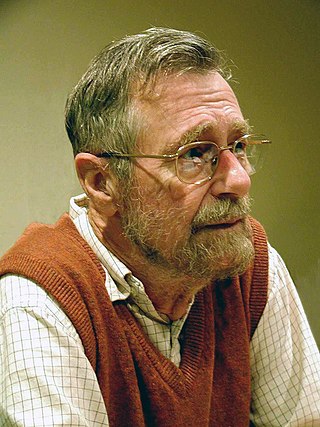상위 질문
타임라인
채팅
관점
에츠허르 데이크스트라
네덜란드 전산학자 위키백과, 무료 백과사전
Remove ads
에츠허르 비버 데이크스트라(네덜란드어: Edsger Wybe Dijkstra, 1930년 5월 11일 ~ 2002년 8월 6일)는 네덜란드의 컴퓨터 과학자이다. 1972년에 프로그래밍 언어 분야에 대한 지대한 공헌을 인정받아 튜링상을 수상했다.
Remove ads
생애
데이크스트라는 레이던 대학교에서 이론물리학을 전공했다.
데이크스트라는 컴퓨터과학이 아직 학문으로 완전하게 정립되지 않았던 시절에 컴퓨터과학의 여러 분야에 걸쳐 많은 공헌을 했다. 그의 다방면에 걸친 업적은 다음과 같다.
- 데이크스트라 알고리즘을 개발하여 최단 경로 문제에 대한 학문적 연구를 시작했다.
- GOTO문을 사용하지 말 것을 주장했으며, 그의 주장은 1968년에 그의 논문 "GOTO문의 해로움"(Go To Statement Considered Harmful) 에 정리되었다.
- 세마포어에 대한 연구를 처음으로 시작하였다.
일화
- Go To Statement Considered Harmful이라는 논문의 제목은 데이크스트라가 직접 지은 것이 아니라, 당시 편집장이었던 니클라우스 비르트가 지었다.
각주
외부 링크
Wikiwand - on
Seamless Wikipedia browsing. On steroids.
Remove ads

